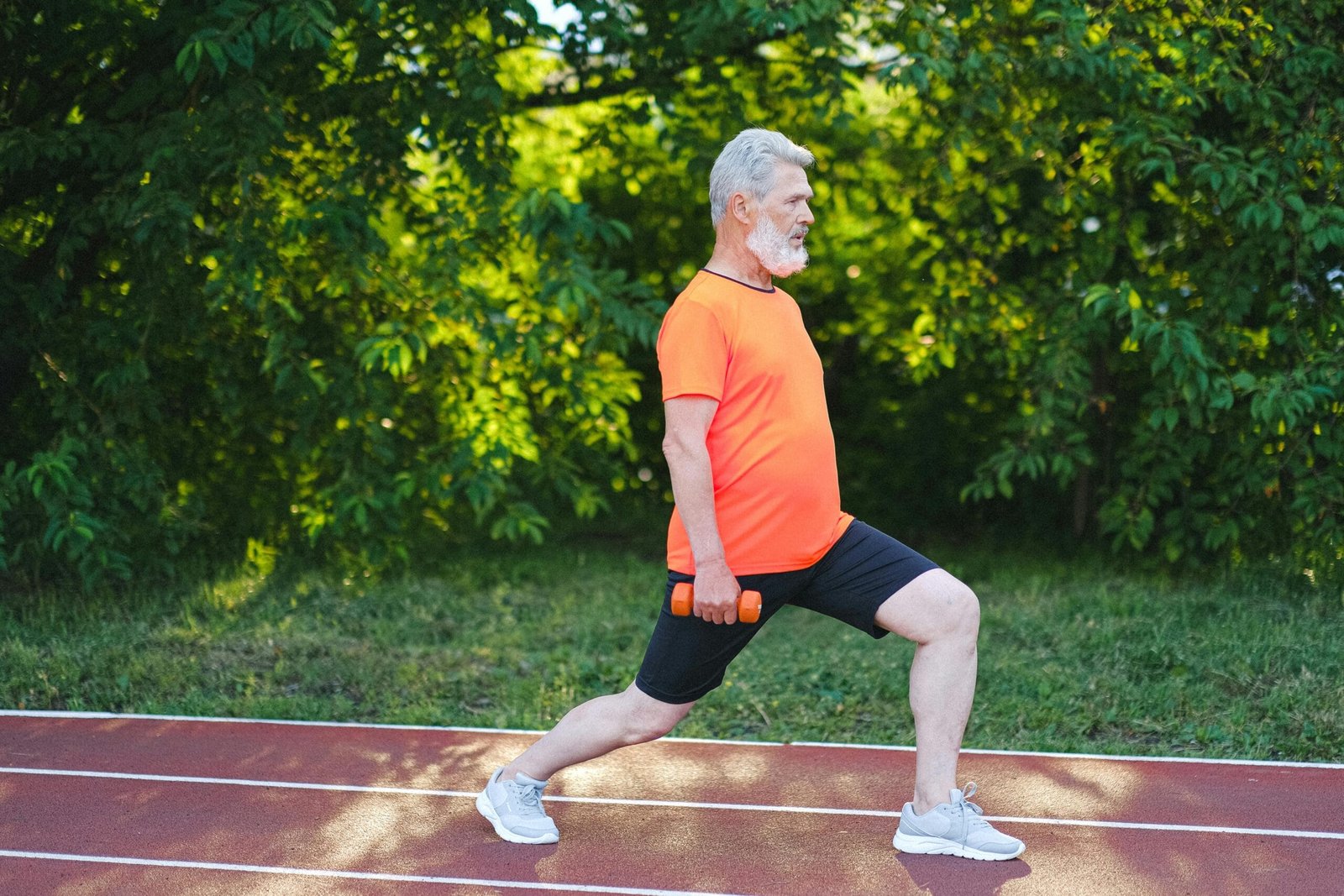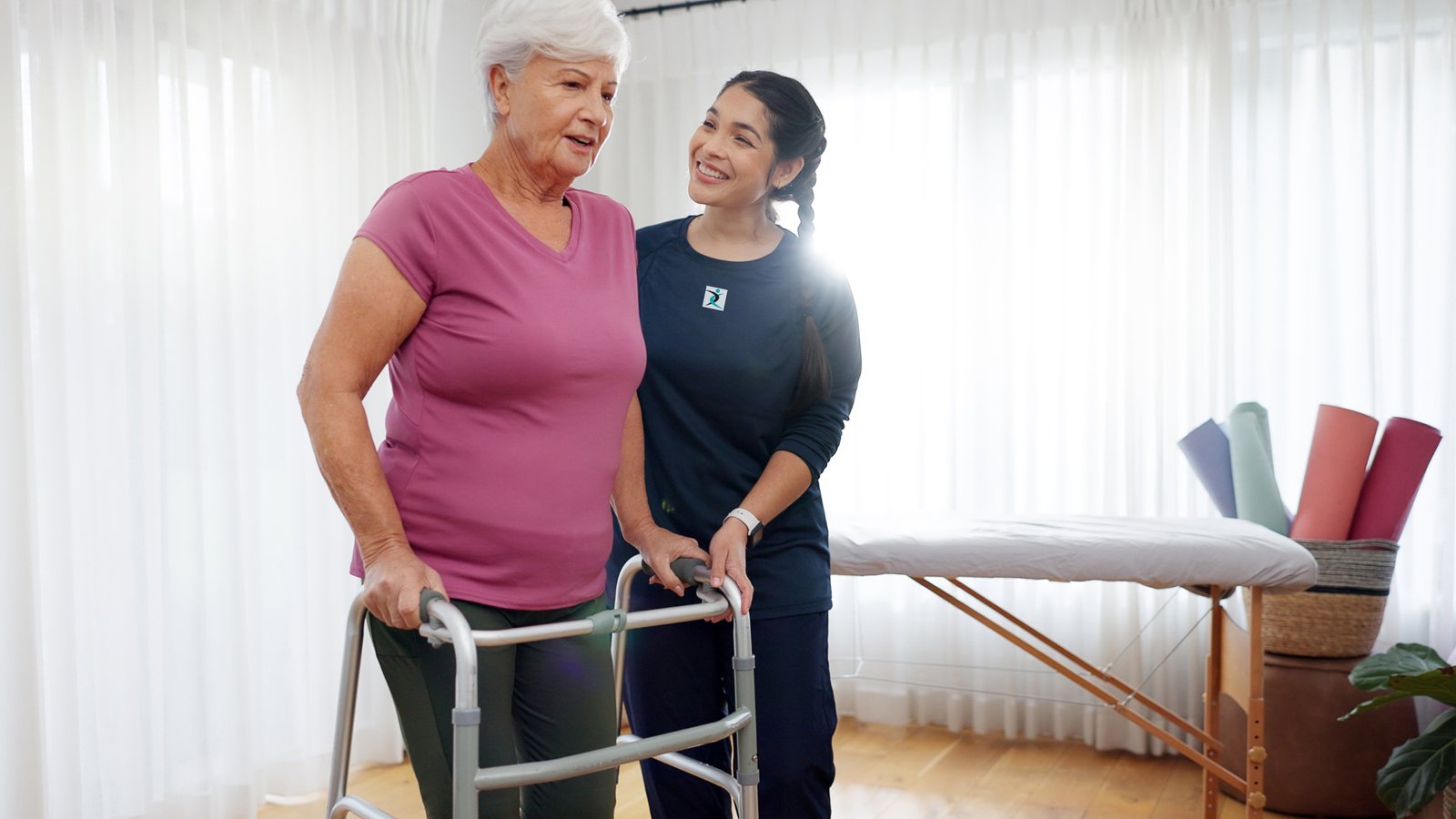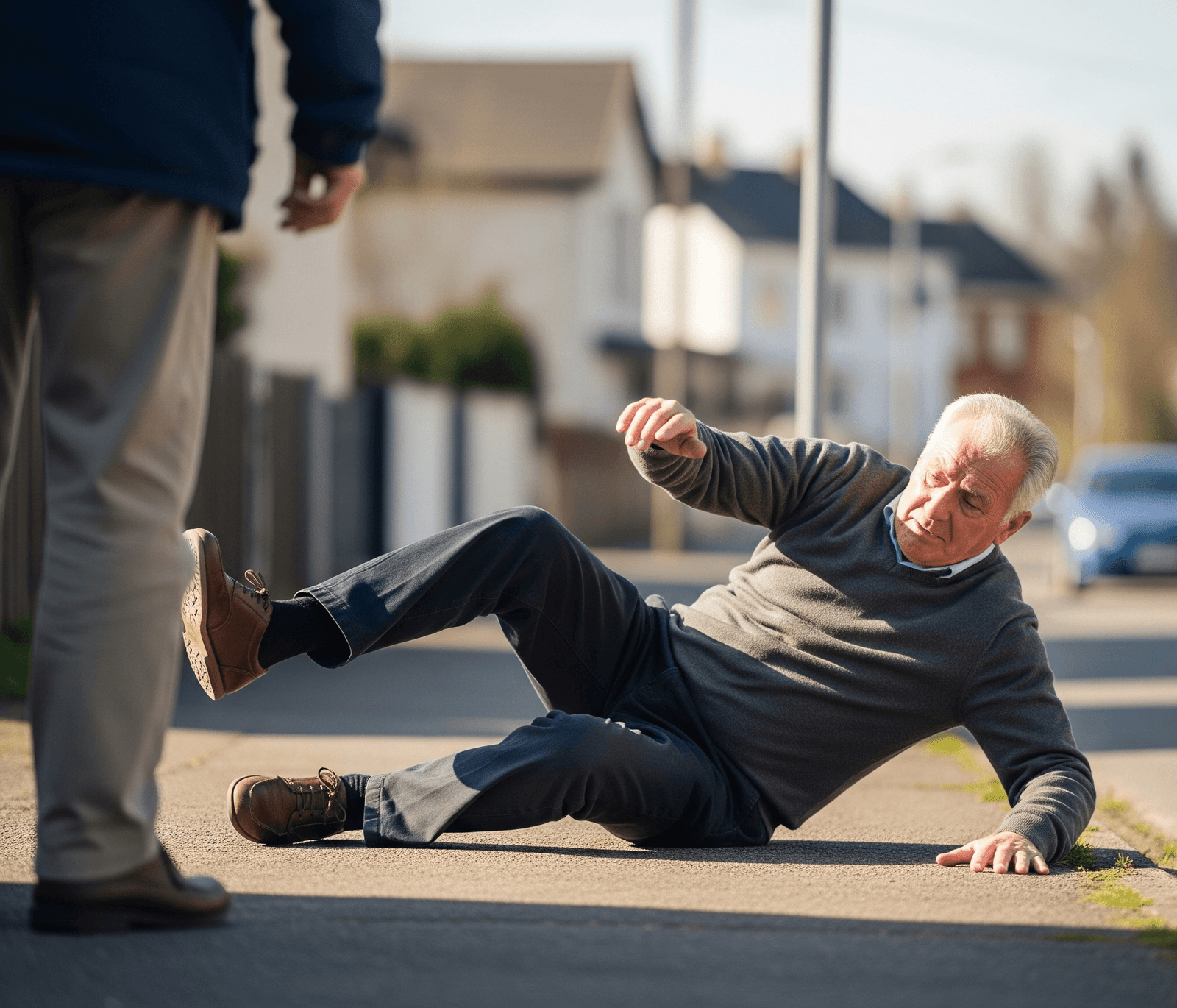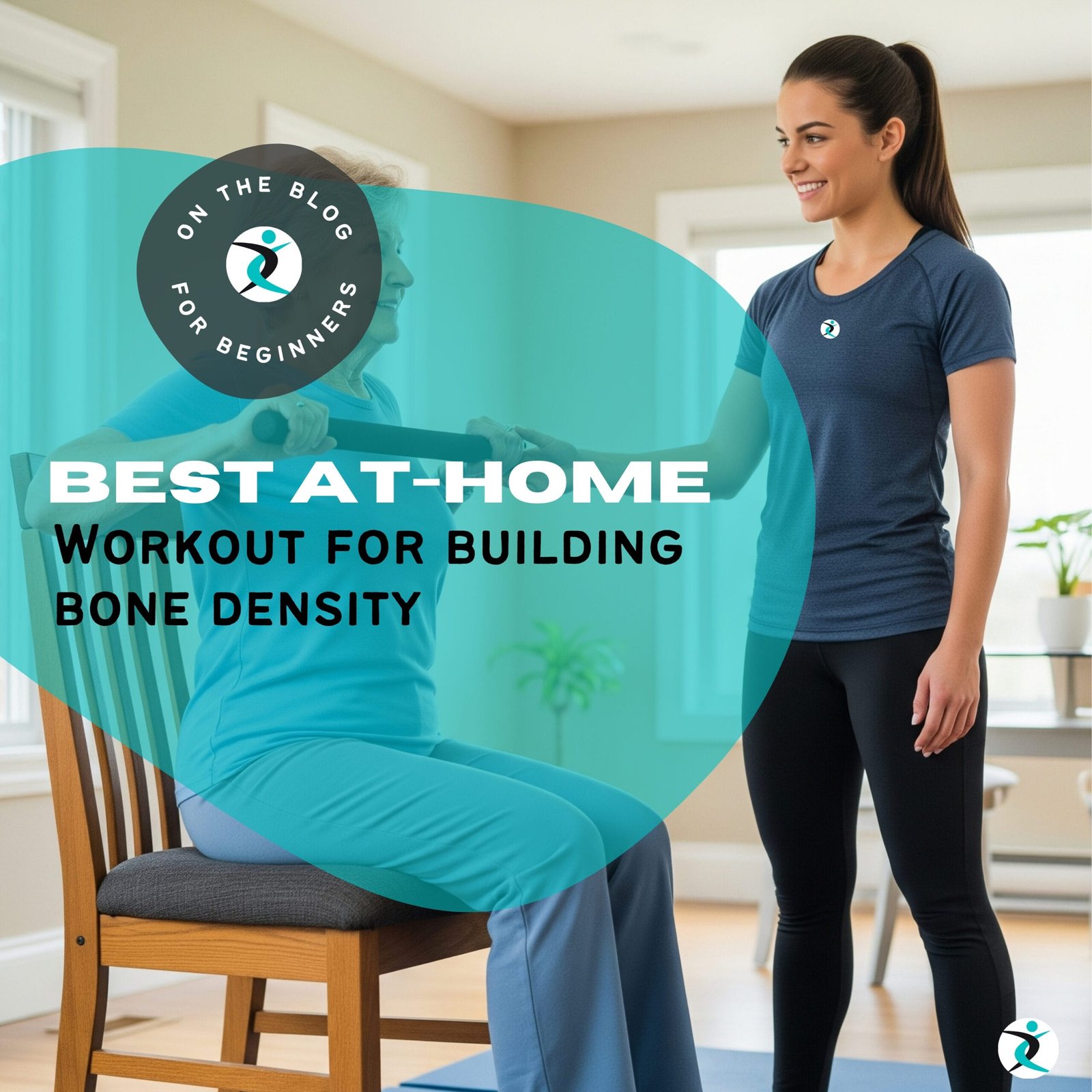
Importance of Leg Strengthening for Seniors
Maintaining leg strength is paramount for seniors as it significantly impacts their overall health, balance, and mobility. Strong legs serve as the foundation for physical stability and independence, enabling elderly individuals to perform daily activities with ease. In fact, approximately one in four seniors experiences a fall each year, highlighting the pressing need for effective leg strengthening measures. Falls can lead to severe complications, including fractures and loss of mobility, which may markedly affect one’s quality of life.
Research indicates that enhancing leg strength can greatly reduce the risk of falls among seniors. The muscles in the legs play a crucial role in maintaining balance and support during movement. Weakness in these muscles can lead to instability, making it more challenging to navigate uneven surfaces or recover from a misstep. Furthermore, improved leg strength contributes to better posture and coordination, both essential components in preventing mishaps.
Moreover, stronger leg muscles facilitate augmented mobility, allowing seniors to engage more fully in social activities and hobbies that they enjoy. This enhanced mobility mitigates feelings of isolation and depression, which are often prevalent among older adults who may find themselves restricted by physical limitations. As individuals strengthen their legs, they not only enhance their physical abilities but also boost their confidence and sense of independence.
In addition to supporting balance and mobility, leg strengthening exercises can lead to numerous health benefits, such as improved circulation, increased endurance, and enhanced muscle mass. These benefits collectively contribute to a healthier lifestyle for seniors, ultimately fostering greater longevity and enhanced quality of life. With the right exercises and commitment to leg strengthening, seniors can enjoy a more active and fulfilling life, while significantly reducing the risks associated with falls and limited mobility.
Recommended Leg Strengthening Exercises
Leg strengthening exercises play a crucial role in maintaining mobility and balance, particularly for seniors. Below are several effective exercises tailored to different skill levels, ensuring they can be performed safely and effectively.
Chair Stands: This exercise is fundamental for building leg strength and improving stability. To perform a chair stand, sit at the edge of a sturdy chair with your feet firmly flat on the ground, shoulder-width apart. Lean slightly forward, engage your core, and push through your heels as you rise to a standing position. Lower yourself back down slowly. For beginners, you may use armrests for support and gradually reduce reliance on them as strength improves.
Calf Raises: This simple yet effective exercise targets the calf muscles, enhancing stability. Stand with your feet hip-width apart, holding onto a wall or chair for support. Slowly raise your heels off the ground, balancing on the balls of your feet. Hold for a moment, then lower back down. Beginners can start with single-leg raises, focusing on one side at a time to build strength progressively.
Step-Ups: Step-ups promote functional strength by mimicking everyday activities. Use a low, stable step or platform; step up with one foot, followed by the other, then step back down one foot at a time. Keep your movements controlled, and ensure that the step is secure. Beginners can start with a lower height and gradually increase as their confidence and strength grow.
Leg Lifts: This exercise targets the thigh and hip muscles, enhancing overall leg strength. While seated, extend one leg forward, keeping it straight. Hold for a few seconds before lowering it back down. Repeat on the other side. For added challenge, leg lifts can also be performed while standing, holding onto a chair for stability.
It is paramount to start slowly with these exercises, prioritizing safety and form over speed. Consulting with a healthcare provider before beginning any exercise regimen is advisable, ensuring that any previous health concerns are assessed appropriately. By incorporating these exercises into a regular routine, seniors can significantly enhance their leg strength and overall physical well-being.
Tips for Safe Exercise Practice
Exercise plays a crucial role in maintaining strength and mobility for seniors, particularly leg strengthening exercises which enhance balance and support daily activities. However, safety should be a priority to prevent injuries and ensure a positive experience. One of the fundamental steps is to engage in a proper warm-up before starting any exercise routine. A warm-up increases blood flow to muscles and prepares the body for the workout ahead, reducing the risk of strains and sprains.
Footwear is another significant aspect of safe exercise practice. Seniors should opt for supportive, non-slip shoes designed for physical activities. Proper footwear can provide the necessary grip and cushion, which is essential for stability and injury prevention during leg exercises. Additionally, the environment in which exercises are performed must be safe and free from hazards such as clutter or slippery surfaces. This ensures that there is minimal risk of falls, which are a common concern for older adults.
Listening to one’s body is vital when exercising. Seniors should recognize signs of overexertion, such as excessive fatigue, dizziness, or pain, and modify the intensity of their workouts accordingly. Engaging in exercises at a comfortable pace and adjusting them as needed can help manage physical exertion effectively. Furthermore, working out with a partner not only adds a layer of safety but also provides social support and motivation, making the exercise experience more enjoyable.
It is also advisable for seniors to set realistic goals and track their progress systematically. Setting achievable objectives can foster a sense of accomplishment while encouraging consistency. Moreover, maintaining a simple log of exercises, repetitions, and personal feelings during workouts can serve as an excellent motivational tool. By prioritizing these safety measures and practices, seniors can enjoy the myriad benefits of leg strengthening exercises while minimizing potential risks.
Creating a Balanced Exercise Routine
Incorporating leg strengthening exercises into a balanced fitness routine is essential for seniors aiming to enhance their overall wellness. It is recommended that seniors engage in strength training exercises, focusing on leg muscles, at least two to three times a week. This frequency allows for adequate recovery while helping to build muscle strength and improve balance, which are critical for preventing falls.
However, a well-rounded exercise regimen should not consist solely of strength training. Aerobic exercises, such as walking, swimming, or cycling, should also be integrated into the routine for cardiovascular health. Aim for at least 150 minutes of moderate-intensity aerobic activity each week, which can be broken down into manageable sessions over the week. Additionally, combining strength exercises with flexibility training will enhance joint mobility and reduce stiffness, contributing to overall functional fitness, which is vital for daily activities.
Creating a weekly workout plan can simplify the process of integrating these varied forms of exercise. A balanced routine might include a dedicated leg strengthening day, alternating with upper body and core workouts on subsequent days. For example, Mondays could focus on leg exercises such as squats and lunges, while Wednesdays might target the upper body with push-ups and dumbbell rows, and Fridays could emphasize core workouts like planks or seated leg lifts. It is important to allow for rest days, which facilitate recovery and muscle adaptation.
Staying motivated is crucial for maintaining an exercise routine. Seniors can enlist the support of friends or family to create a sense of accountability or join community fitness classes designed for older adults, fostering a social aspect to physical activity. Ultimately, embracing a holistic approach to fitness that includes leg strengthening, flexibility, and aerobic exercises will significantly enhance physical health and quality of life.






